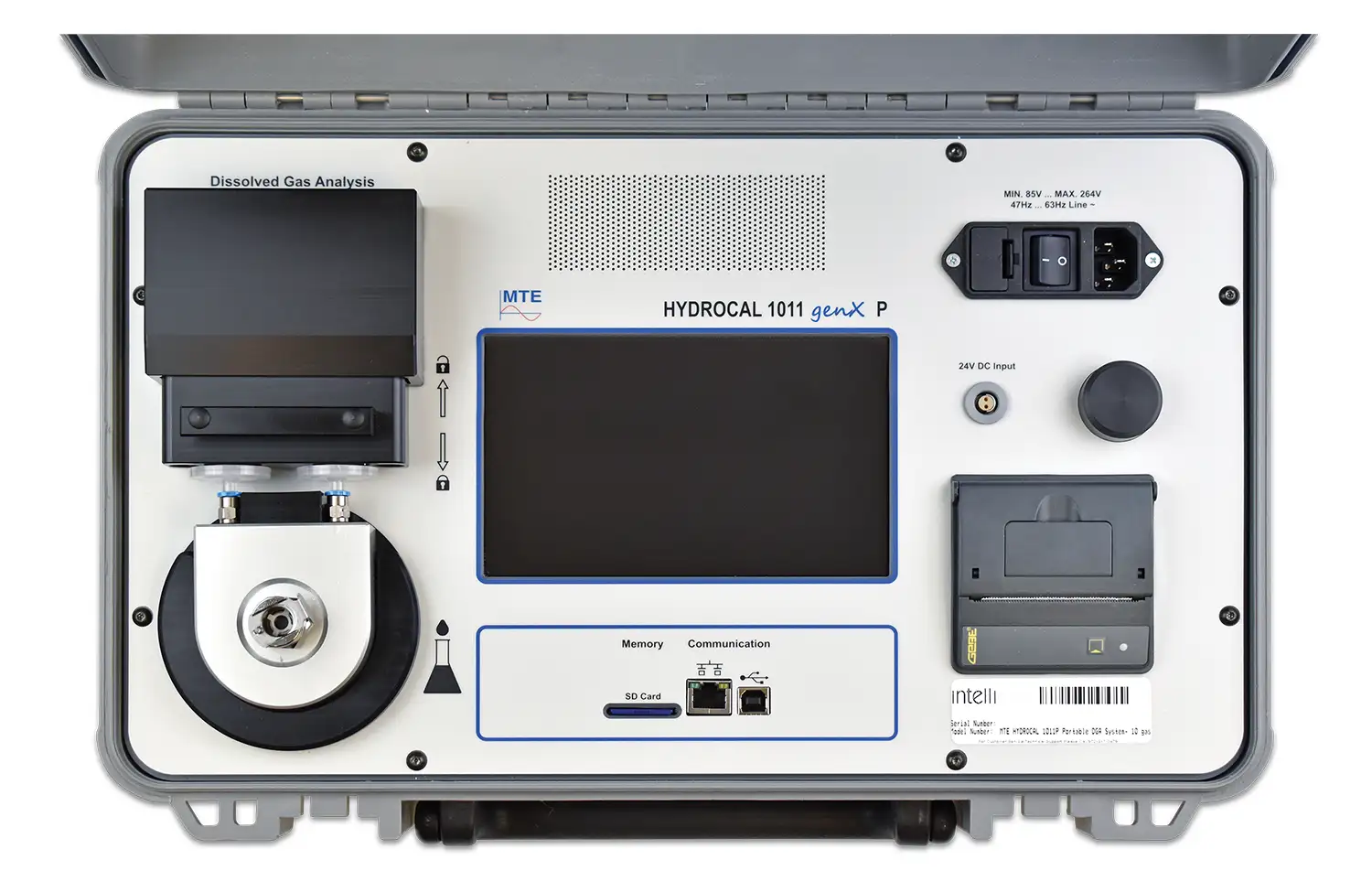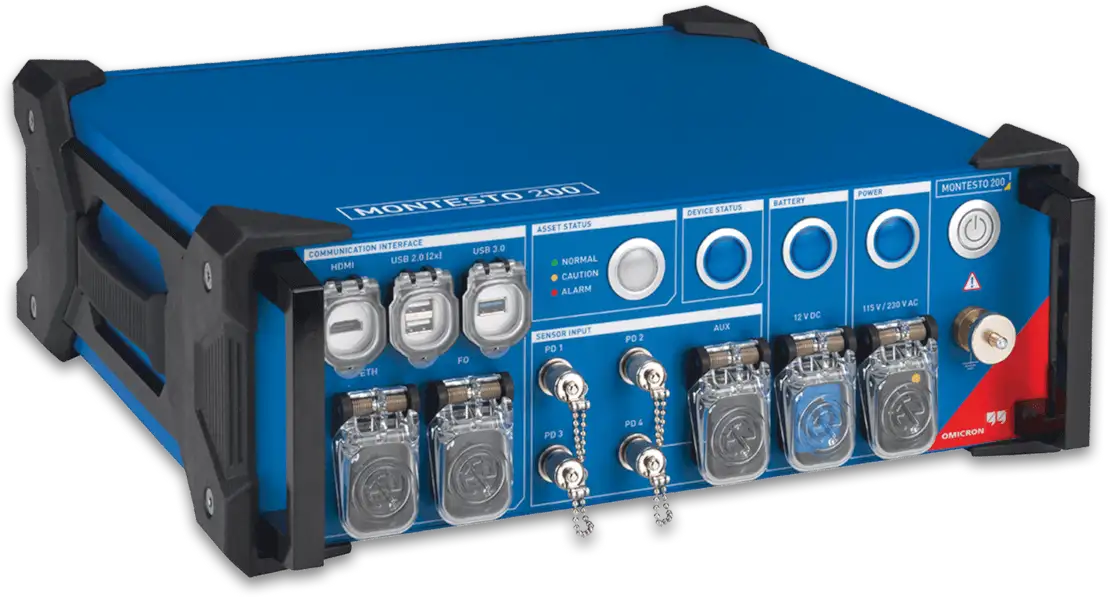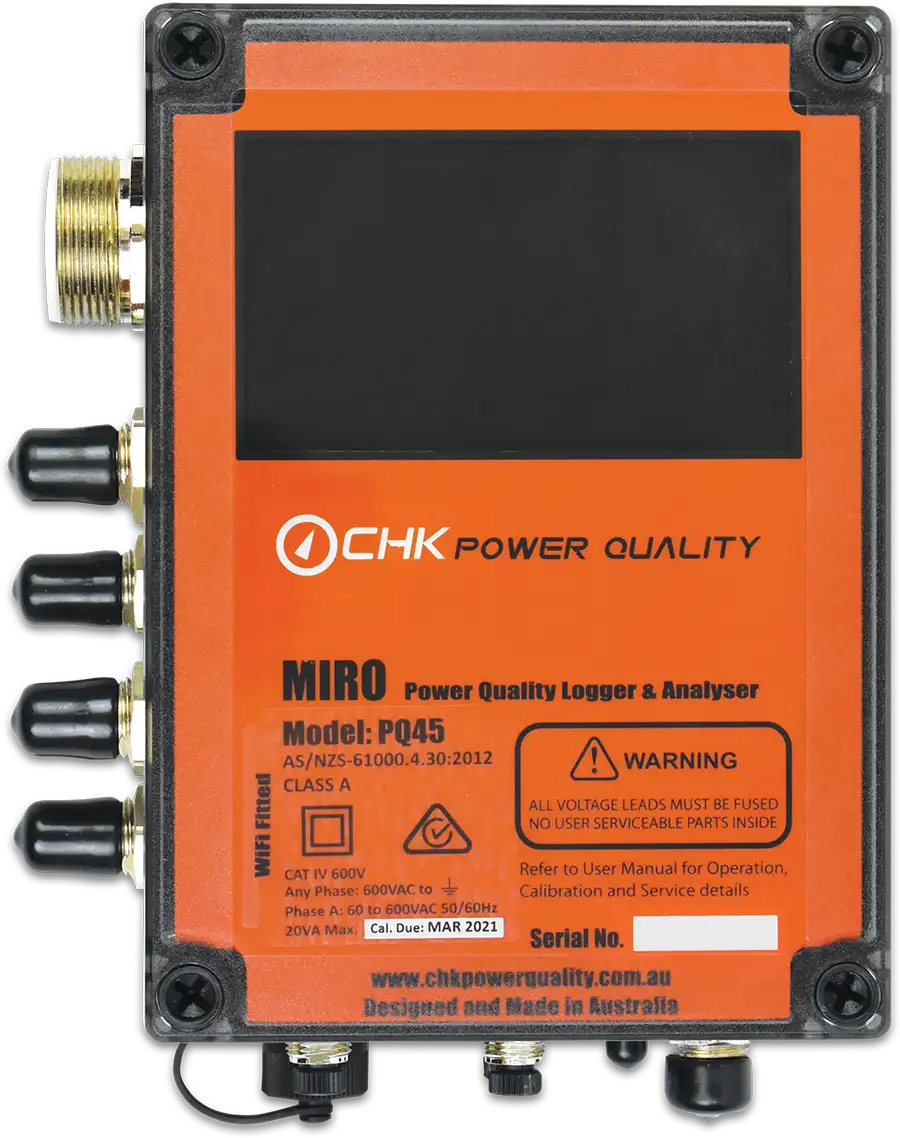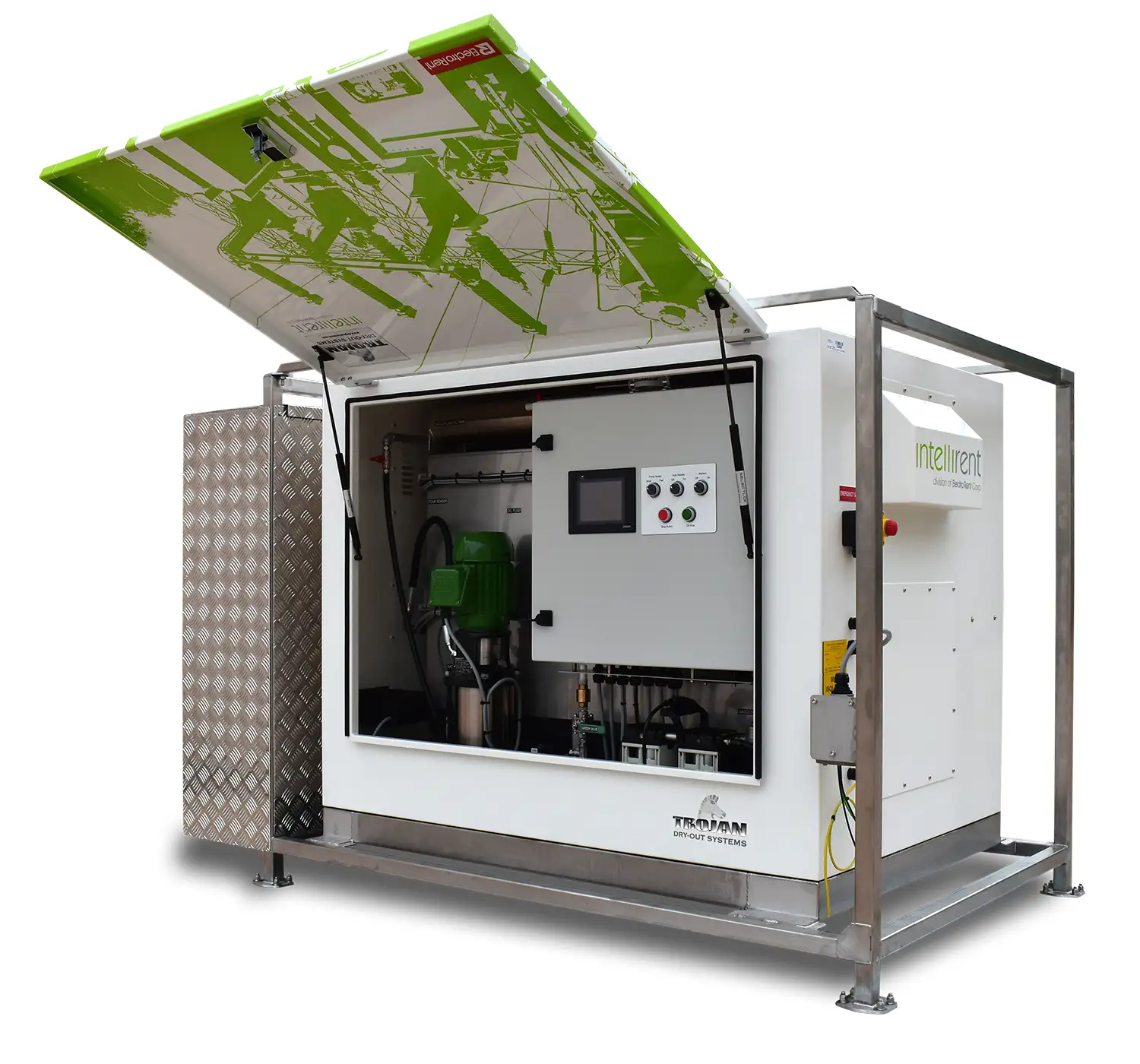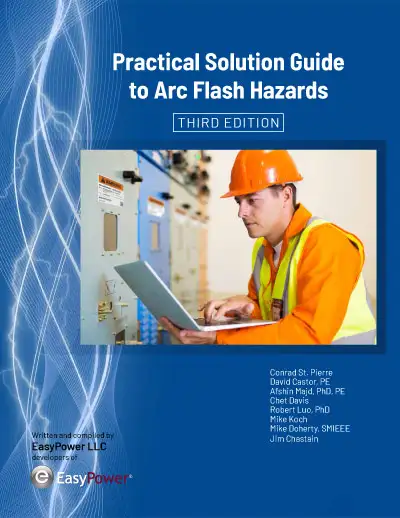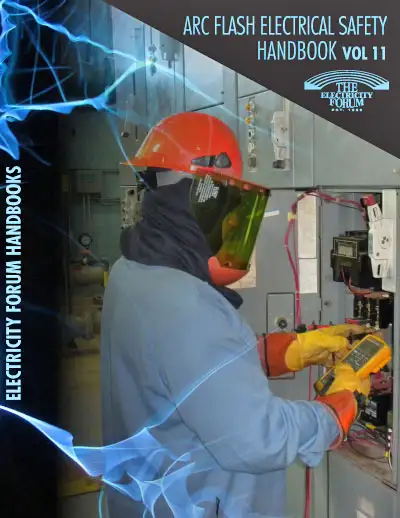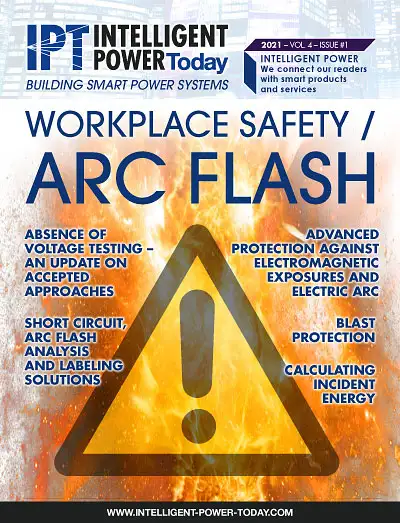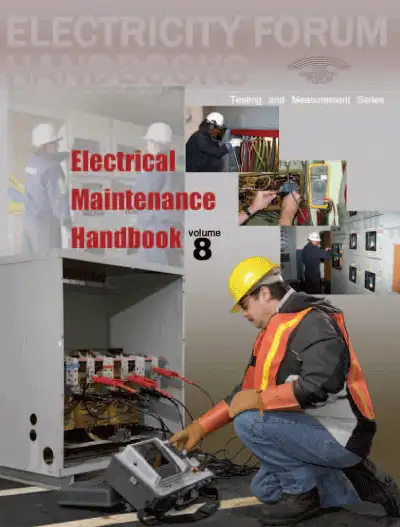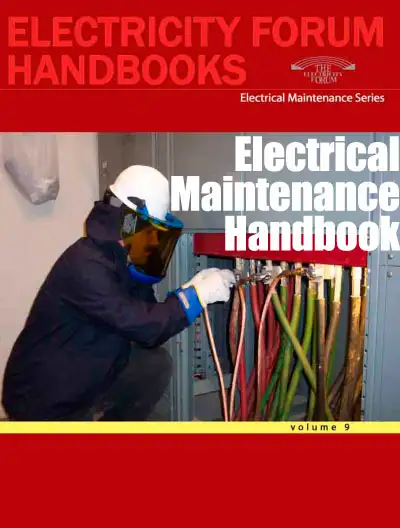What is Arc Flash?

Arc flash is a dangerous electrical explosion caused by a fault or short circuit, producing heat hotter than the sun, intense light, and pressure waves. It is one of the most serious hazards in electrical work, capable of causing severe injury, equipment damage, and even death.
What is Arc Flash?
It is a sudden release of electrical energy through the air that can cause severe injury or death.
✅ Generates extreme heat, light, and pressure from electrical faults
✅ Produces molten metal, sound waves, and toxic gases
✅ Requires proper PPE, hazard analysis, and NFPA 70E/CSA Z462 compliance
Workers often confuse it with arc blast, which refers to the violent pressure wave that accompanies the explosion. Real-world arc flash accidents highlight just how dangerous these events can be.
What Causes Arc Flash?
Arc flash (AF) occurs when electricity travels through air instead of along its intended path. This breakdown of insulation or isolation is often due to:
-
Equipment failure such as faulty breakers, switches, or transformers
-
Human error during maintenance or installation
-
Dust, debris, or corrosion creating a conductive path
-
Dropped tools or accidental contact with energized parts
-
Improper modifications or unsafe repairs
See also: What Causes Electrical Arcing, Arc Flash Incidents.
An arcing fault in electrical equipment can release dangerous levels of energy, often beyond what standard circuit breakers are designed to handle. The National Fire Protection Association (NFPA) emphasizes the use of personal protective equipment (PPE) to safeguard workers from the extreme heat and pressure caused by the energy released.
A fault occurs when electricity jumps between conductors, creating an electrical arc that unleashes massive amounts of heat, light, and pressure. For any qualified electrical worker, the consequences can be catastrophic without safeguards.
The NFPA 70E provides guidelines for preventing electrical hazards. Central to this protection is arc flash PPE clothing, which includes arc-rated clothing, face shields, and insulated gloves designed to protect workers from the intense hazards of electrical explosions.
Request a Free Training Quotation
Why an Electrical Explosion Is So Dangerous
Temperatures in an explosion can exceed 35,000°F — hot enough to vaporize copper and steel. The explosion produces:
-
Blinding light and deafening sound
-
Pressure waves strong enough to damage hearing and collapse lungs
-
Molten metal and shrapnel that can penetrate protective clothing
Workers must understand the arc flash boundary, including the arc flash boundary chart, which defines the safe approach distance to energized equipment. The role of arc flash temperature in determining severity also underscores why this hazard is so catastrophic.
See also: Arc Flash Injuries
Industries and Workers at Risk
Arcing fault risk is highest for qualified electricians, utility workers, and maintenance staff who work near high-energy electrical systems.
-
Review case studies of the arc flash victim.
A thorough arc flash hazard analysis is the foundation of workplace electrical safety. In high-energy environments, workers may require a 40 cal arc flash suit for protection. OSHA’s lockout/tagout standard (1910.147) is also critical in preventing unexpected incidents.
Electrical Arc Hazard Prevention
Reducing risk requires a layered safety approach:
-
De-energize equipment whenever possible
-
Conduct incident energy analysis and apply warning labels
-
Train qualified workers in electrical explosion awareness and response
-
Use arc flash PPE clothing appropriate to the calculated energy levels
Additional prevention resources:
-
IEEE 1584 standard for calculations
Standards
Compliance with recognized safety standards is essential for reducing hazards:
-
NFPA 70E: Defines risk assessments, boundaries, PPE categories, and labeling requirements.
-
CSA Z462: The Canadian equivalent, aligned with NFPA 70E.
-
OSHA Regulations:
-
OSHA 1910.147 (Lockout/Tagout)
Training and Compliance
Knowledge and preparation are the most effective defenses against electrical explosion. Workers and employers should ensure training covers:
-
Hazard identification and safe work practices
-
PPE selection and proper use
-
Application of warning labels and hazard boundaries
-
Emergency response procedures
Explore training options:
Frequently Asked Questions
What is an electric arc incident in simple terms?
An arc fault is an electrical explosion caused when electricity jumps through the air, producing heat, light, and pressure.
What causes an AF?
Arc flashes are triggered by faults such as dust, equipment failure, corrosion, or accidental contact.
How hot can an electrical arc event get?
Temperatures can exceed 35,000°F — hotter than the surface of the sun. See: Arc Flash Temperature.
What PPE is required for electrical arc hazard protection?
PPE depends on the calculated incident energy. See our Arc Flash PPE Clothing guide.
What standards regulate safety?
NFPA 70E in the U.S. and CSA Z462 in Canada provide comprehensive guidelines.
Related Articles
On-Site Training
Interested in cost effective, professional on-site electrical training?
We can present an Electrical Training Course to your electrical engineering and maintenance staff, on your premises, tailored to your specific equipment and requirements. Click on the link below to request a Free quotation.
EF PARTNER MEDIA
Product Showcases
Shared Media

